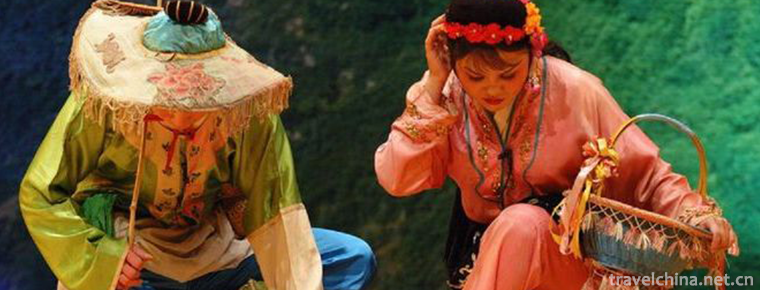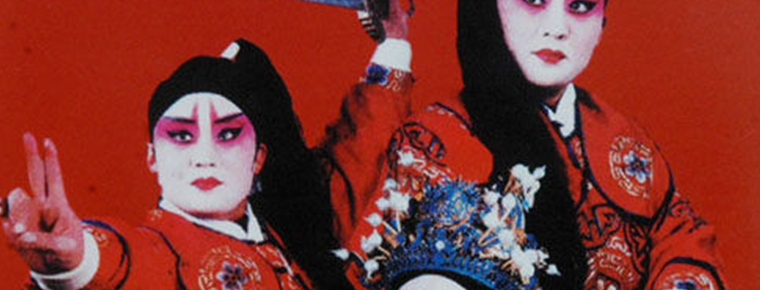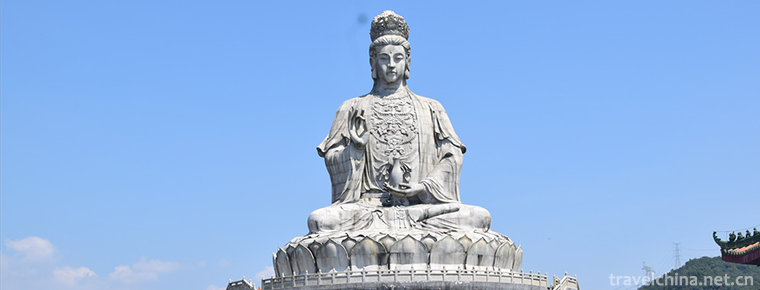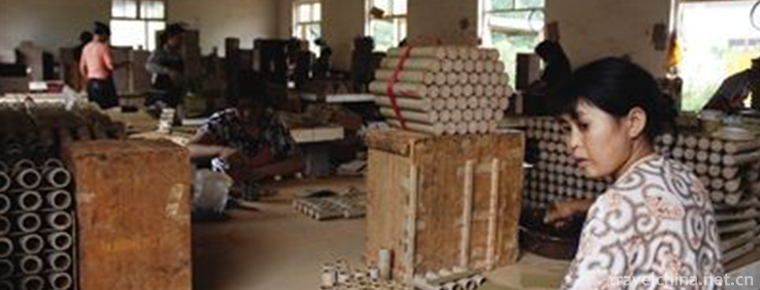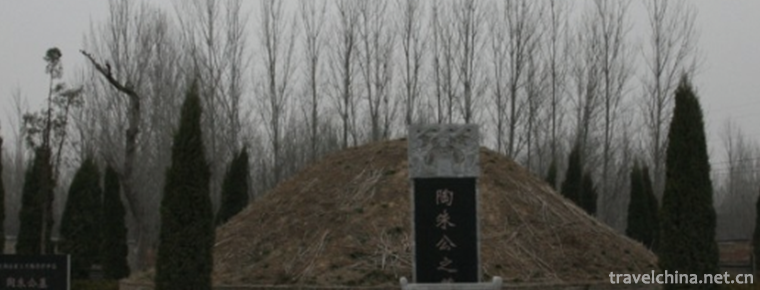Imakan of Hezhe Nationality
Imakan of Hezhe Nationality
Imakan is a unique rap art of the Hezhe people in Northeast China. Its performance form is a combination of one person's rap and singing. It has no accompaniment with musical instruments and uses the language of Ye Yun and prose. This unique artistic form plays a key role in inheriting the Hezhe language, beliefs, folk customs and habits. On November 23, 2011, at the UNESCO conference in Bali, "Hizhe Imakan Rap" was included in the list of intangible cultural heritage in urgent need of protection.
Basic introduction
In the long-term fishing and hunting life, Hezhe people have created literature and art with distinct national characteristics, among which Yimakan, the art of rap and singing, is the most widely spread and popular. Imakan is a form of Quyi storytelling of Hezhe nationality, which is popular in the Hezhe nationality inhabited area of Heilongjiang province.
Imakan or Imakan means "fish" or "salmon". Others think it is a story or a song of the Hezhe fishing people. It has the form of talking and singing, similar to the Han drum, Sutan, Mongolian storytelling, is an ancient folk rap literature and art, known as the "living fossil of primitive language art in northern Asia".
Art inheritance
Inheriting characters
Imakan singer is regarded as Imaka beggar by Hezhe people. Historically, the famous imakan singers of Hezhe people are: Moter, Bigenerdu, Sanfu Marfa, Youguilian, Gutori, Wu Gaoli, Zhou Ling, Fu Changchun, Youanxi, Bifanggu, Lushin, Luming, Yulu, Bizhang, Ge Changsheng, Wu Lianggui, Wu Jincai, etc. The modern imakan singer is most famous for Ge Desheng's old man, and is deeply loved by the Hezhe people. Imakan's "Man Dou Morigan" sung by Ge Desheng won the third prize of national folk literature works from 1979 to 1981. On April 21, 1984, the Provincial Folk Literature and Art Research Branch awarded Ge Desheng the title of "Folk Rapper".
Inheritance value
From the collected imakan, we can see its two main characteristics: first, it is a faithful record of the history of the Hezhe people, from which both historians, linguists, folklorists and religious scholars can extract valuable raw materials; second, it embodies the aesthetic view of the Hezhe people. Imakan uses classical Romanticism to describe the heroism of the heroes of the Hezhe ethnic group in eliminating violence and calmness, demons and demons, the high praise of loyalty and faith, the persistent pursuit of freedom and love, and the infinite longing for a better future. Obviously, Imakan is not a simple record of life in that era, but a large classical symphony poem which reproduces the beauty of life artistically according to the law of beauty in the broad background of that era. It can be regarded as a perfect representation of the heroes, historical changes and folk customs of the Hezhe people.
Imakan is an indispensable kind of art and a way of entertainment aesthetics in the life of the Hezhe people. It also has the function of textbook to inherit the history and culture of the nation. It has unique value and great significance.

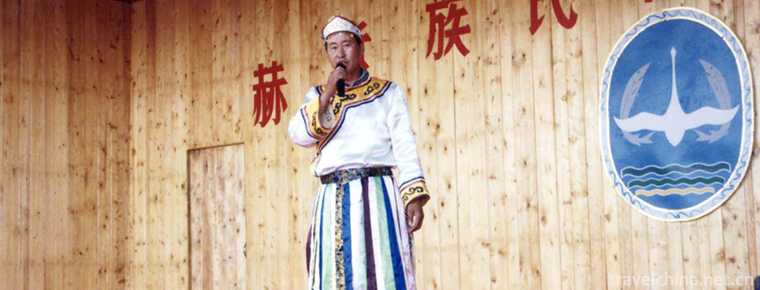
-
Harbin Sun Island Scenic Area
Sun Island Scenic Area is located on the North Bank of Songhua River in Harbin City, Heilongjiang Province, with a total area of 88 square kilometers, of which the planned area is 38 square kilometers.
Views: 120 Time 2018-12-05 -
Tea Picking Opera
Tea-picking opera is a kind of traditional opera popular in Jiangnan and Lingnan provinces. It was mostly produced from the middle of Qing Dynasty to the end of Qing Dynasty..
Views: 208 Time 2019-04-04 -
Big flat tone
Da Ping Diao (also known as Ping Diao, Da You Bang and Da Bang Opera), one of the local traditional operas in Henan and Shandong Province, is one of the national intangible cultural heritage..
Views: 216 Time 2019-04-23 -
Lantern show
Lantern Opera is not only a traditional folk opera with local characteristics in Chongqing and Sichuan, but also one of the important voices of Sichuan Opera. It originates from northeast Sichuan.
Views: 143 Time 2019-04-26 -
Guanyin legend
Guanyin legend is one of the ancient local folklores in Zhoushan, Zhejiang Province. It is one of the second batch of national intangible cultural heritage list published by the State Council..
Views: 141 Time 2019-05-01 -
Lanxi stall spring
Lanxi Spring Spring Spring Spring is an ancient form of sitting and singing art, which was formed and popular in Lanxi area in the Midwest of Zhejiang Province, Jinhua and Quzhou, and belongs to Nanci.
Views: 150 Time 2019-05-10 -
Production Techniques of Liuyang Fireworks
Liuyang fireworks production in Hunan has a long history. According to records, it began in Tang Dynasty and flourished in Song Dynasty. During Kangxi period of Qing Dynasty, the production had a cons.
Views: 338 Time 2019-05-13 -
Tao Zhugong Legend
Tao Zhugong's legend originated from Dingtao, Shandong Province, and is widely spread among Chinese people and Chinese businessmen in the world. It has a history of more than 2500 years. Tao Zhugong, .
Views: 140 Time 2019-06-18 -
Catering and shopping in Chengdu Giant Panda Base
Chengdu Research Base of giant panda breeding has four souvenir shops: "original fashion gift shop of giant panda sun delivery room", "gift shop of giant panda cub playground", "museum gift shop" and "charm theater gift house". The wooden house structure and .
Views: 108 Time 2020-12-13 -
Introduction to Panzhihua
Panzhihua, a prefecture level city of Sichuan Province, is located in the southernmost end of Sichuan Province, 614 km away from Chengdu in the north, 273 km from Kunming in the South and Lijiang and Dali in the West; it is located in the central and southern section of Panxi Rift .
Views: 331 Time 2020-12-14 -
Deyang climate
There are obvious differences in climate between the mountainous area in the northwest and the plain and hilly area in the southeast of Deyang City. The main climatic characteristics are: mild climate, four distinct seasons, abundant rainfall, long frost free period and obvious .
Views: 75 Time 2020-12-14 -
Hydrology of Neijiang River
Tuojiang River is the main river in the urban area. It flows through Zizhong, Dongxing and Shizhong District. It is the main waterway transportation route in the city. Since ancient times, there has been a busy scene description of "boats of ten thousand trees.
Views: 299 Time 2020-12-16

